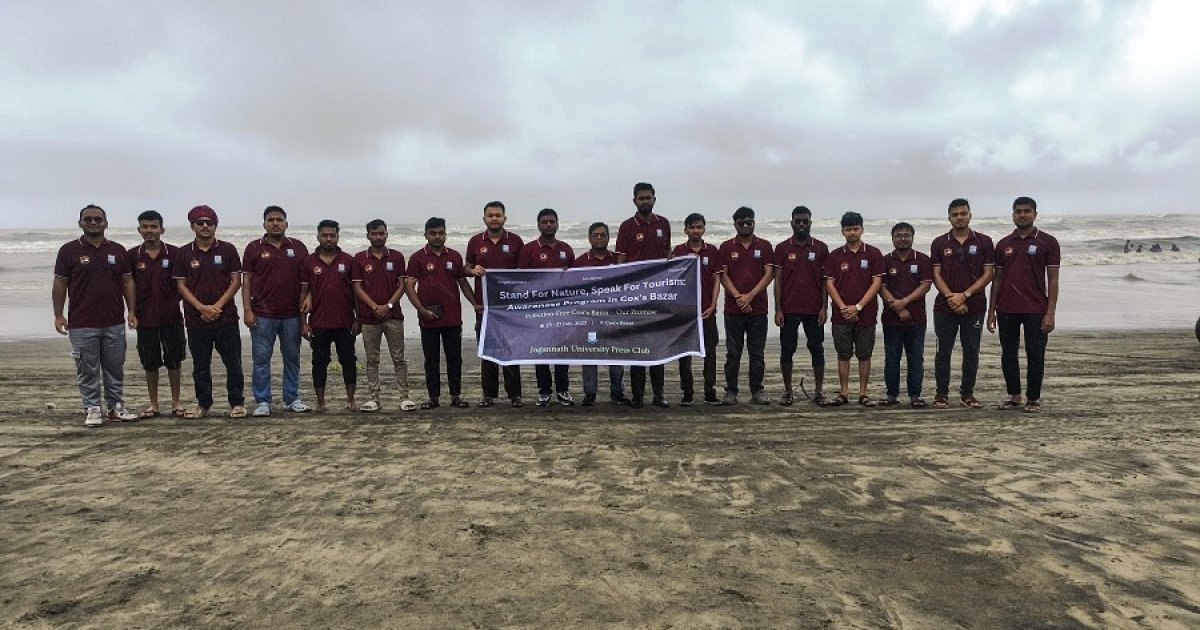The Future of Digital Asset Infrastructure in Latin America
The post The Future of Digital Asset Infrastructure in Latin America appeared on BitcoinEthereumNews.com. An overlooked monetary shift has started in Latin America that might provide actual financial liberty to large numbers of individuals while also challenging long-standing institutions. A 2024 Chainalysis analysis claims that stringent restrictions on capital and inflation levels above 100% are driving the adoption of cryptocurrencies in nations like Argentina and Venezuela. This change leads to a greater dependence on digital wallets and stablecoins to gain access to U.S. dollars beyond the established banking industry. With this digital asset infrastructure comes the immediate need for education and regulatory certainty so that this new framework does not become just another apparatus that fails the most disadvantaged. Financial literacy is one of the most significant obstacles to adoption. The intricacies of cryptocurrency can be daunting, and many people become disoriented by the deluge of perplexing internet data. Common lack of knowledge about finance poses a risk to long-term acceptance and a barrier to market adoption for institutions. Without sufficient educational systems, the usage of digital assets might continue to be restricted to unregulated or informal users — those who do business outside of the established or conventional banking system. A community-based, individualized education plan is crucial. A localized, community-oriented way of teaching is already emerging. According to the Crypto Council for Innovation, local authorities and non-governmental organizations have implemented classroom-style sessions and courses on digital wallets to educate on important subjects like stablecoin usage and private-key protection. People may confidently join the digital assets revolution once they know the fundamentals, such as what blockchain is and how to handle their assets safely, which lowers the chance of fraud and loss. Another significant barrier to adoption is the absence of clear policies. Digital asset service provider (VASP) licensing regimes have been created in Brazil and Colombia; nevertheless, regional legislation about taxes, cross-border transactions…

The post The Future of Digital Asset Infrastructure in Latin America appeared on BitcoinEthereumNews.com.
An overlooked monetary shift has started in Latin America that might provide actual financial liberty to large numbers of individuals while also challenging long-standing institutions. A 2024 Chainalysis analysis claims that stringent restrictions on capital and inflation levels above 100% are driving the adoption of cryptocurrencies in nations like Argentina and Venezuela. This change leads to a greater dependence on digital wallets and stablecoins to gain access to U.S. dollars beyond the established banking industry. With this digital asset infrastructure comes the immediate need for education and regulatory certainty so that this new framework does not become just another apparatus that fails the most disadvantaged. Financial literacy is one of the most significant obstacles to adoption. The intricacies of cryptocurrency can be daunting, and many people become disoriented by the deluge of perplexing internet data. Common lack of knowledge about finance poses a risk to long-term acceptance and a barrier to market adoption for institutions. Without sufficient educational systems, the usage of digital assets might continue to be restricted to unregulated or informal users — those who do business outside of the established or conventional banking system. A community-based, individualized education plan is crucial. A localized, community-oriented way of teaching is already emerging. According to the Crypto Council for Innovation, local authorities and non-governmental organizations have implemented classroom-style sessions and courses on digital wallets to educate on important subjects like stablecoin usage and private-key protection. People may confidently join the digital assets revolution once they know the fundamentals, such as what blockchain is and how to handle their assets safely, which lowers the chance of fraud and loss. Another significant barrier to adoption is the absence of clear policies. Digital asset service provider (VASP) licensing regimes have been created in Brazil and Colombia; nevertheless, regional legislation about taxes, cross-border transactions…
What's Your Reaction?









































